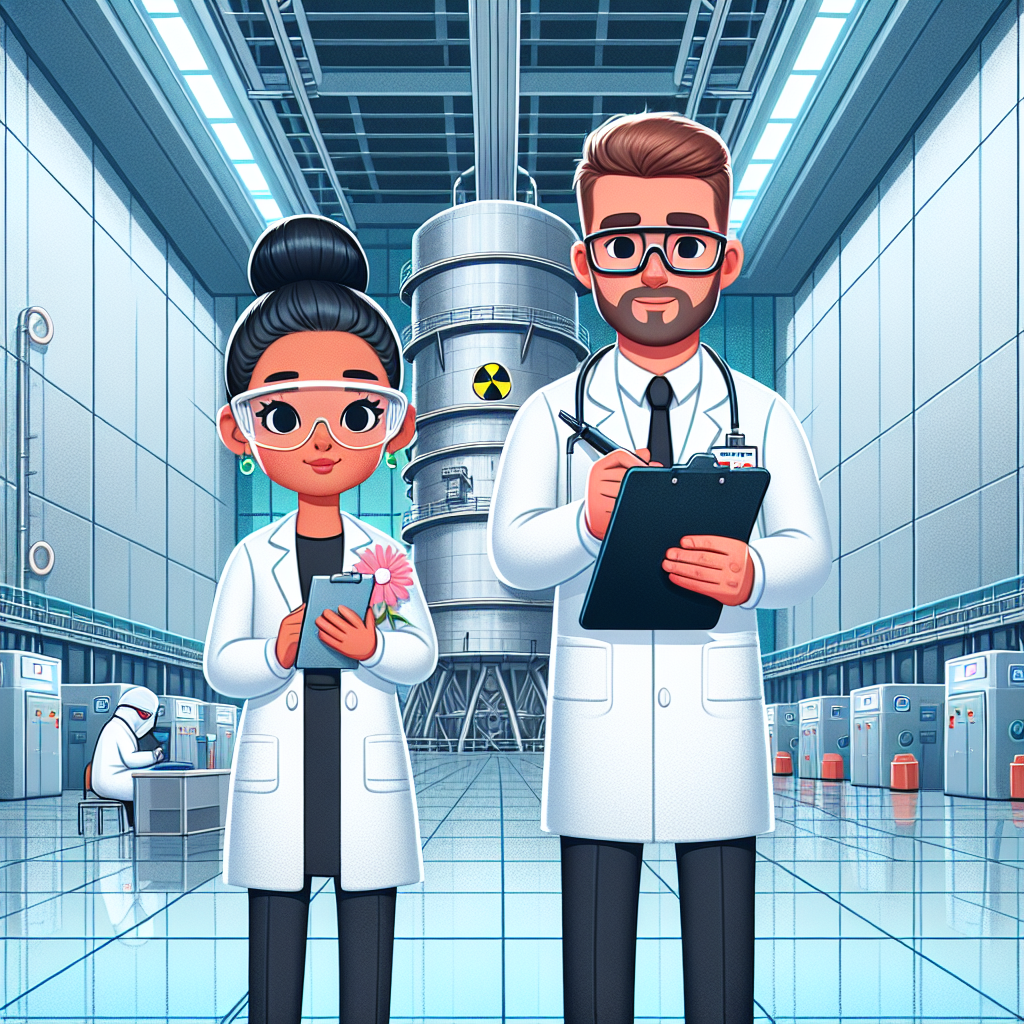IAEA Experts Commend Romania’s TRIGA Reactor for Strong Safety Progress, Urge Further Upgrades
The TRIGA MARK II research reactor, operational since 1980, plays a crucial role in Romania’s nuclear research, isotope production, materials testing, and education.

An expert mission from the International Atomic Energy Agency (IAEA) has praised Romania’s Institute for Nuclear Research (ICN) for its ongoing efforts to strengthen safety at the TRIGA MARK II research reactor in Pitești, while also recommending additional measures to further enhance its operational framework, ageing management, and safety culture.
The findings were released following a seven-day Integrated Safety Assessment of Research Reactors (INSARR) mission, which concluded on 7 October 2025. The mission was requested jointly by ICN—the reactor’s operator—and Romania’s National Commission for Nuclear Activities Control (CNCAN), the country’s nuclear regulatory authority.
The IAEA team, consisting of experts from Argentina, Canada, France, and the Netherlands, along with two IAEA officials, carried out an extensive review of the research reactor’s safety systems, management practices, and compliance with international standards. The mission marks the fourth INSARR review conducted at the facility, following earlier assessments in 1992, 2002, and 2011.
A History of Continuous Safety Improvement
The TRIGA MARK II research reactor, operational since 1980, plays a crucial role in Romania’s nuclear research, isotope production, materials testing, and education. Over its four decades of service, the reactor has undergone multiple modernization and refurbishment programmes aimed at maintaining high safety standards and extending its operational lifespan.
Key upgrades include:
-
2006: Conversion of the reactor core from high-enriched uranium (HEU) to low-enriched uranium (LEU), aligning with global non-proliferation goals.
-
2009: Modernization of the instrumentation and control systems, enhancing precision and reliability.
-
2019: Refurbishment of cooling systems, improving reactor efficiency and operational safety.
The facility’s operating licence currently extends until the end of 2027, by which time an ongoing periodic safety review is expected to be completed. Depending on the findings, authorities may approve continued operation until 2035.
“By regularly requesting INSARR missions, ICN has already shown commitment to continued safety improvement,” said Amgad Shokr, Head of the IAEA’s Research Reactor Safety Section and mission team leader. “The ongoing periodic safety review is another opportunity for ICN to align its procedures and practices with the IAEA’s safety standards.”
Positive Findings and Areas for Improvement
The IAEA team commended ICN for its comprehensive approach to reactor maintenance, radiation protection, emergency planning, and modifications management, noting that these activities were implemented in line with IAEA’s safety benchmarks.
However, the mission also identified several areas requiring improvement, particularly in strengthening organizational systems and preparing for the reactor’s long-term operation. The recommendations included:
-
Enhancing the organizational structure for reactor operation — clarifying roles and responsibilities regarding safety, improving maintenance coordination, and reinforcing the functioning of the safety committee.
-
Expanding staff training and certification procedures to ensure all personnel involved in safety-related activities receive adequate and continuous education.
-
Completing a comprehensive ageing management programme covering all reactor structures, systems, and components to prevent performance degradation over time.
-
Updating and refining operational rules to ensure they are consistent with the results of ongoing safety assessments and written in clear, actionable terms.
A Commitment to Global Nuclear Safety Standards
ICN leadership has expressed strong commitment to acting on the IAEA’s recommendations. Silviu Stanciu, Manager of the TRIGA MARK II reactor, welcomed the mission’s findings, stating:
“We strive to continuously improve safety in accordance with the IAEA safety standards. The INSARR mission provided us with valuable recommendations for further improvement, and we are committed to implementing them.”
The IAEA noted that ICN’s proactive engagement with international safety reviews demonstrates Romania’s longstanding commitment to transparency, regulatory compliance, and the peaceful use of nuclear technology.
In recent years, Romania has worked closely with international partners to strengthen its nuclear governance framework, particularly in light of the European Union’s Nuclear Safety Directive and the IAEA’s Global Nuclear Safety Framework.
Strategic Importance of the TRIGA Reactor
The TRIGA MARK II reactor in Pitești is a cornerstone of Romania’s nuclear research infrastructure. Beyond its scientific mission, it plays a key role in producing radioisotopes for medical and industrial applications, testing nuclear materials and fuel designs, and supporting the training of nuclear engineers and safety specialists.
The reactor’s LEU fuel conversion in 2006 placed Romania among a select group of nations aligning research reactor operations with non-proliferation and global safety initiatives. These milestones have bolstered the country’s reputation as a responsible operator of nuclear technology under the IAEA’s oversight.
Looking Ahead: Preparing for the 2027 Review
The IAEA expects ICN to make the mission’s results publicly available, reinforcing transparency in nuclear safety management. The institute has also indicated its intent to request a follow-up INSARR mission in 2027, coinciding with the completion of its periodic safety review and renewal of its operating licence.
Such follow-ups are standard practice under the IAEA’s framework for research reactor oversight, ensuring that previous recommendations are implemented and safety improvements are verifiably sustained.
Global Context: Ensuring Research Reactor Safety
The INSARR programme, established by the IAEA, provides an independent peer review of research reactor safety performance. Its goal is to help operators and regulators identify strengths, address gaps, and align their operations with IAEA Safety Standards and the Code of Conduct on the Safety of Research Reactors.
Globally, more than 240 research reactors are operational across 55 countries, serving as critical platforms for scientific innovation, isotope production, and workforce training. Many of these facilities, like TRIGA Pitești, are undergoing modernization and ageing management programmes to extend their safe and productive use.
The IAEA’s mission to Romania underscores the agency’s broader commitment to supporting member states in maintaining safe, secure, and sustainable nuclear operations worldwide.
As the TRIGA MARK II reactor approaches five decades of service, the mission’s findings reaffirm that Romania’s investment in modernization, staff training, and regulatory transparency continues to uphold international best practices in nuclear safety.










